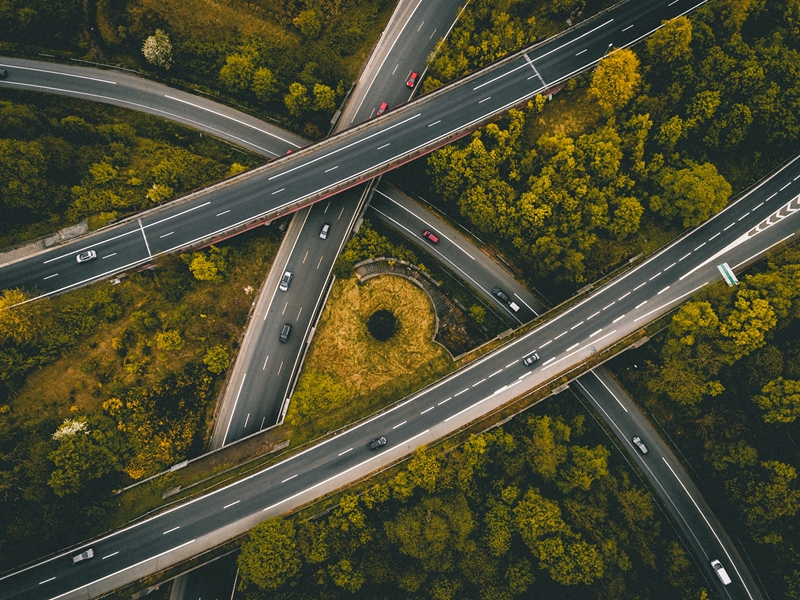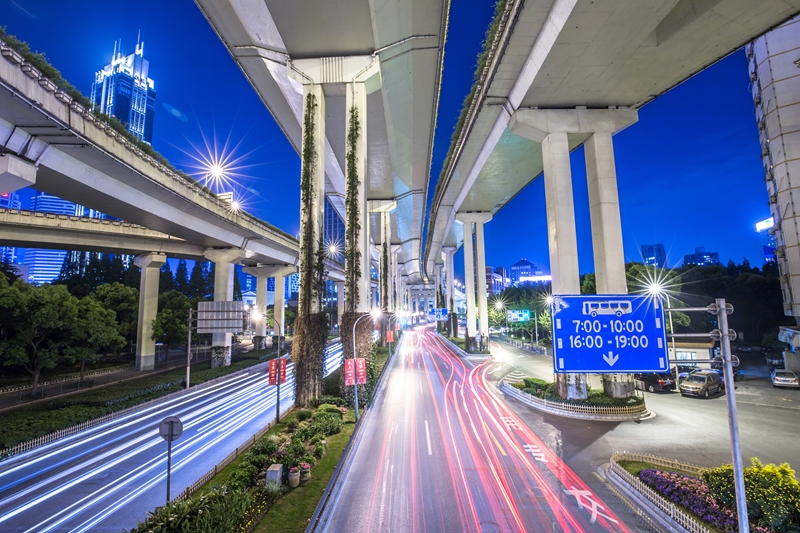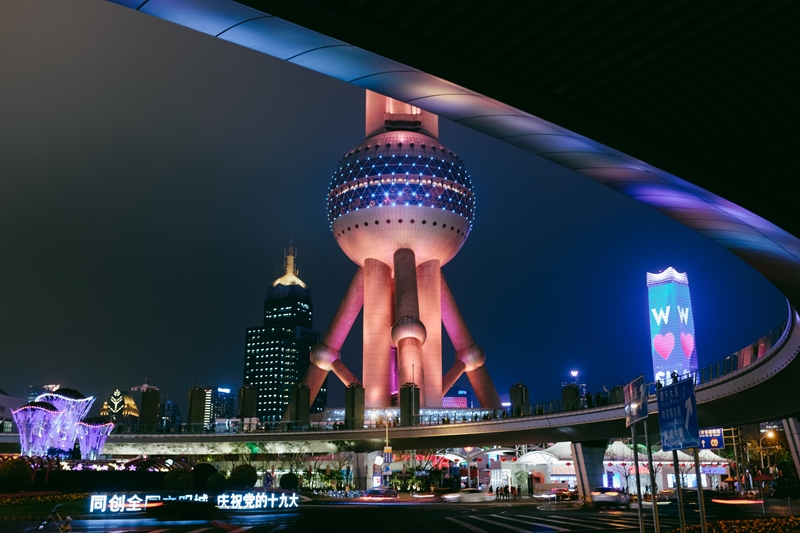How does China’s One Belt, One Road impact New Zealand?
In the last 40 years, China has taken massive strides to engage with the rest of the world. The post-Mao era has been characterised by steady construction of trade agreements, cultural proliferation and a much greater willingness to open the nation to all others.
The latest step on this path is the One Belt, One Road (OBOR) initiative. A landmark strategy masterminded by President Xi Jinping, it could have massive ramifications for global trade – and that includes New Zealand.

What is One Belt, One Road?
At its core, OBOR is a plan to create a rail, road and utility great that spans multiple continents and facilitates global economic cooperation at a scale we simply haven't seen before. There are two primary elements to OBOR: the Silk Road Economic Belt, and the 21st Century Maritime Silk Road.
There are two primary elements to OBOR: the Silk Road Economic Belt, and the 21st Century Maritime Silk Road.
The Silk Road Economic Belt would be a multi-pronged infrastructure route beginning in China that connects the Mediterranean Sea and the Indian Ocean, as well as the Persian Gulf. It would stretch as far as Belgium, Poland and Italy, with links all the way through to mainland China.
Meanwhile, the 21st Century Maritime Silk Road would begin in the northern reaches of the Mediterranean and expand all the way to the edge of the Pacific, with links to Kenya, Pakistan and Sri Lanka. In short, Jinping's plan would bring more than 60 nations across the globe together as part of a unified trade network.
But how does a strategy that primarily focuses on Asia, Africa and Europe impact trade relations and infrastructure in New Zealand?

The impact of One Belt, One Road on New Zealand
Locally, the Ministry of Foreign Affairs and Trade (MFAT) has already signed a Memorandum of Understanding with the Chinese government on the OBOR initiative. The document details four key focal points for governmental cooperation:
Ongoing, high-level dialogue on each other's policies that may impact trade.
Further trade cooperation, working to meet goals of $30 billion in China-NZ two-way trade by 2020.
Promote cultural exchange.
Achieve common development through multilateral platforms like the East Asia Summit, Pacific Islands Forum and the United Nations.
The MoA also details specific industries that both countries can work together on as OBOR develops, including agriculture, clean energy, manufacturing, infrastructure, information technology and public financial management.
Putting New Zealand's best foot forward
Essentially, the New Zealand Government has already shown strong support for OBOR and has agreed with China to continue ever-growing relations on a huge number of policy areas. At a local level, this is less likely to mean big infrastructure projects than it is global demand for New Zealand's renowned innovation.

Speaking to the Belt and Road Forum late last year, NZ China Council Executive Director Stephen Jacobi remarked that OBOR's benefits for New Zealand will focus on "soft infrastructure". He believes that we can offer China critical resources and skills that can facilitate trade agreements, social or cultural exchange and supply chain connectivity.
This could present massive opportunities for local businesses that have made great strides these fields, developing tech or skill sets that can forge trade relationships between China and the rest of the world as the Silk Roads spread.
Jacobi did warn that we could over-value the merits of participating in the OBOR strategy, but the pipeline growth suggests that there will be opportunities regardless. We may not see huge highways built in our backyard, but by putting our best foot forward, we could find ourselves playing a critical role in the rollout of one of the biggest globalisation projects in history.







